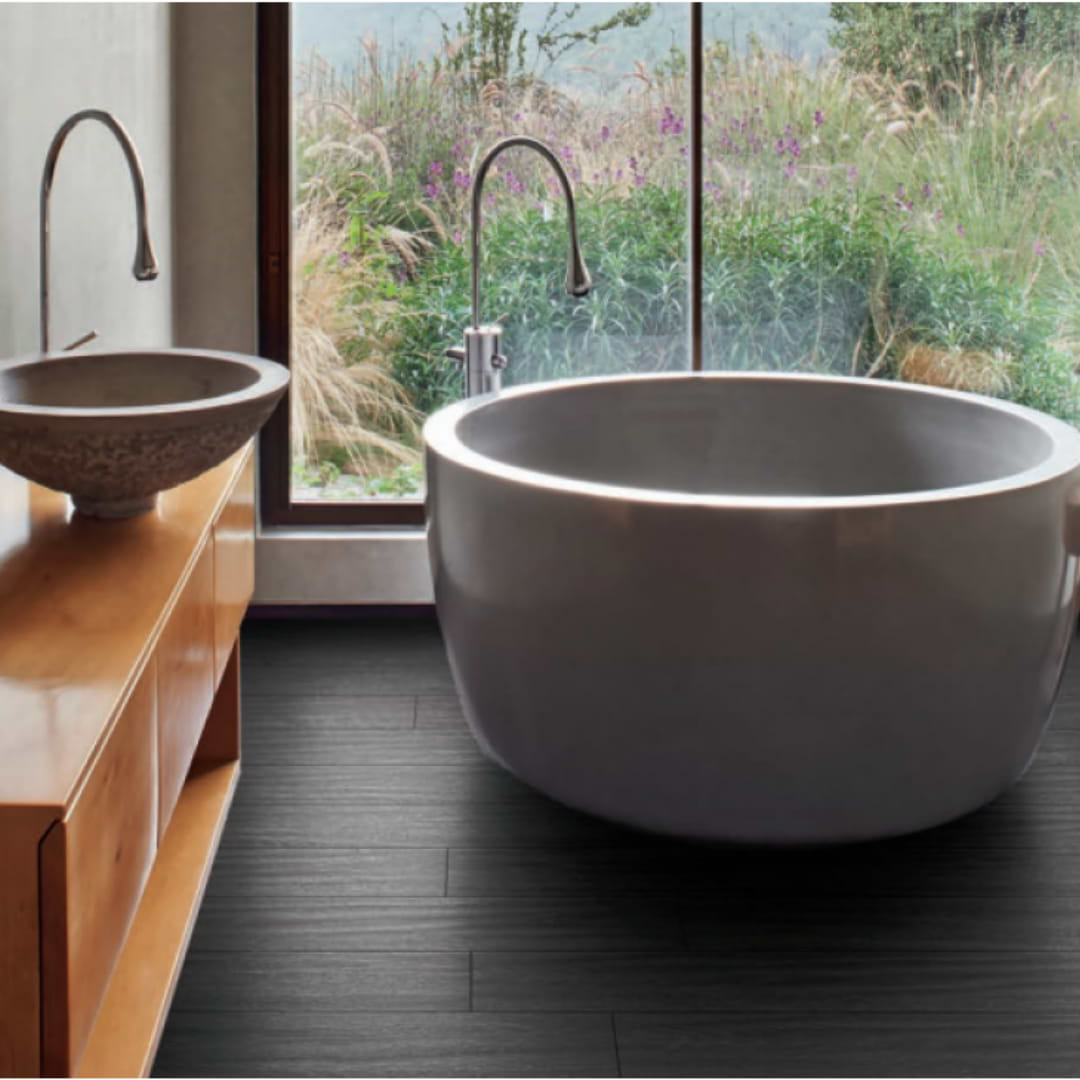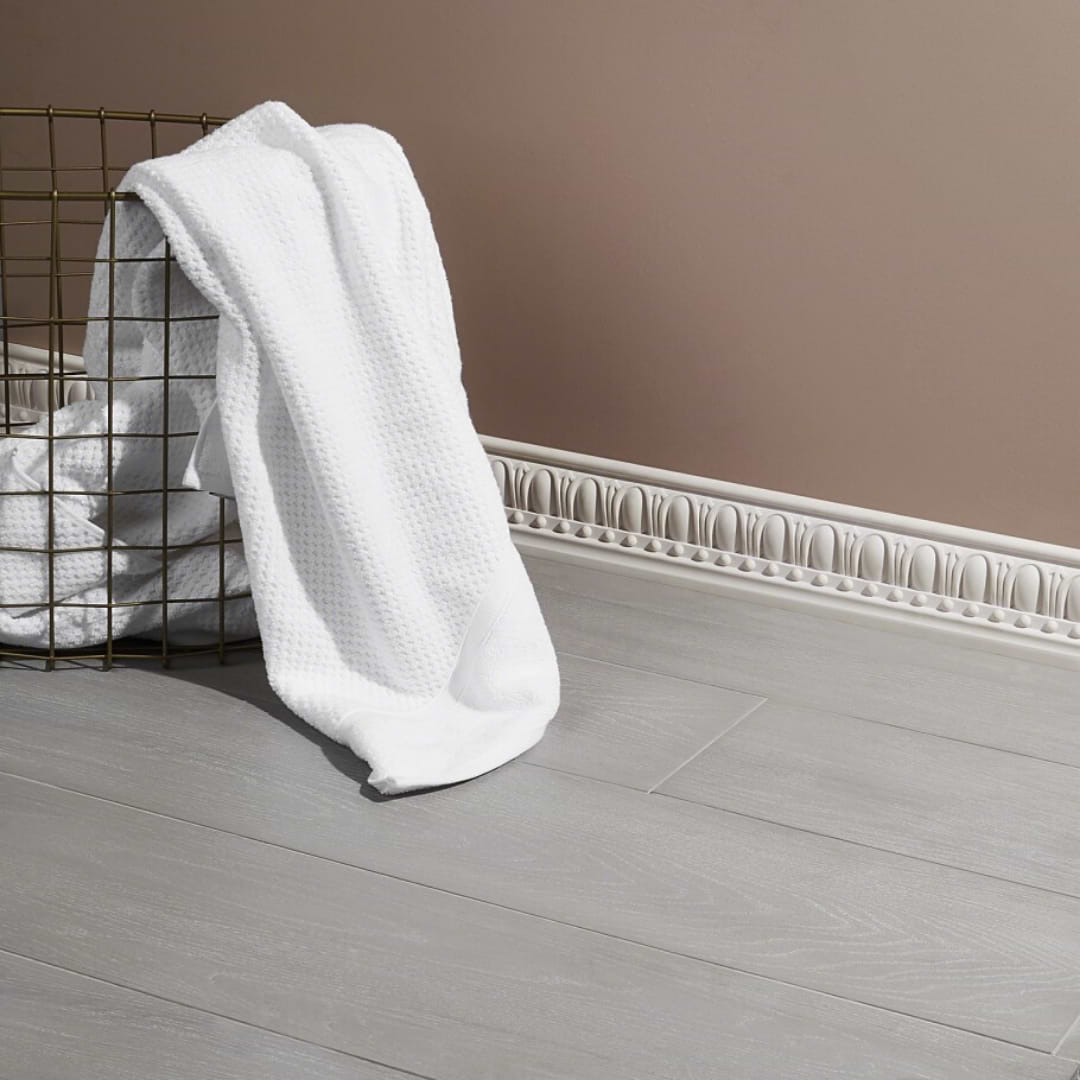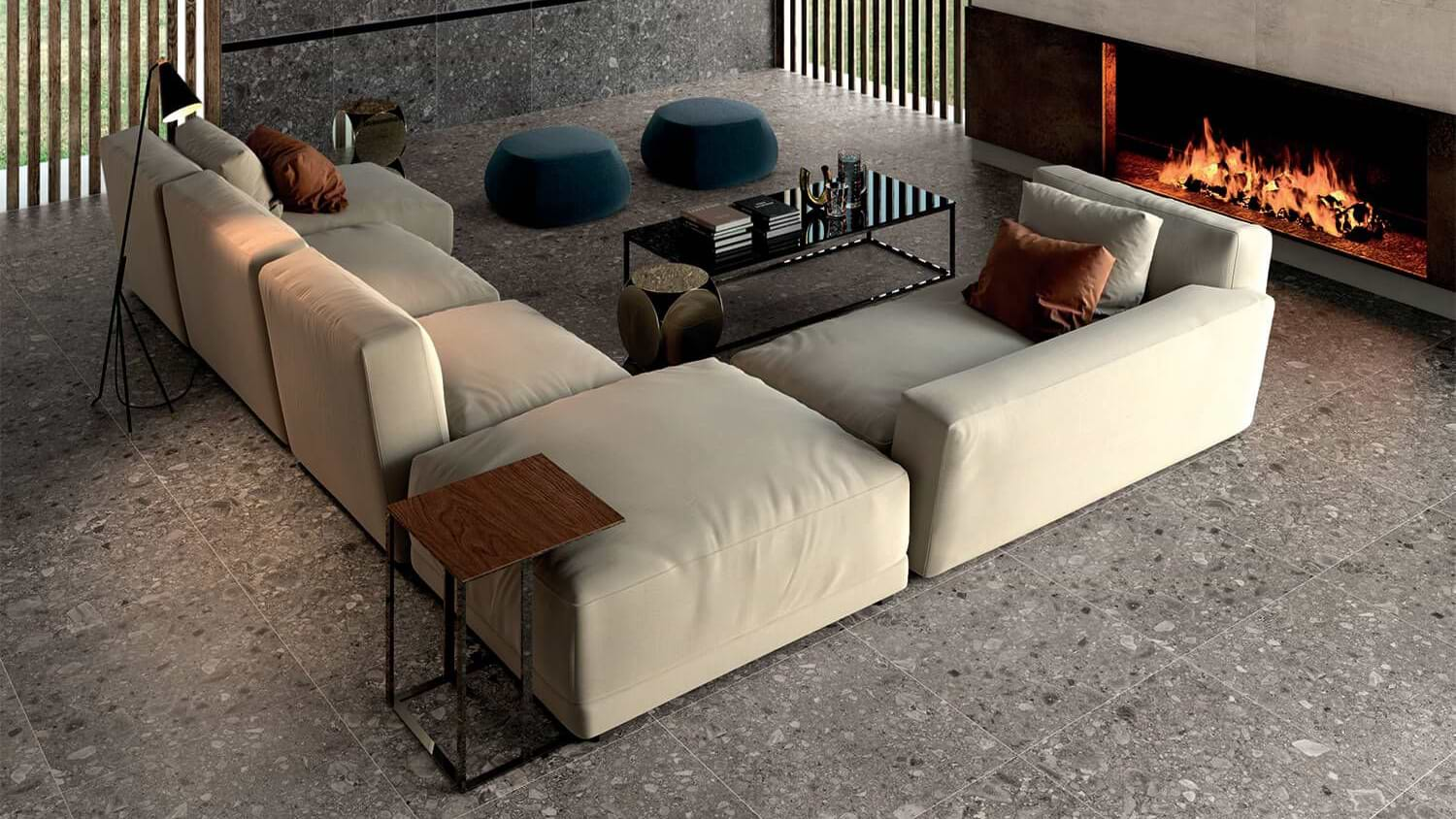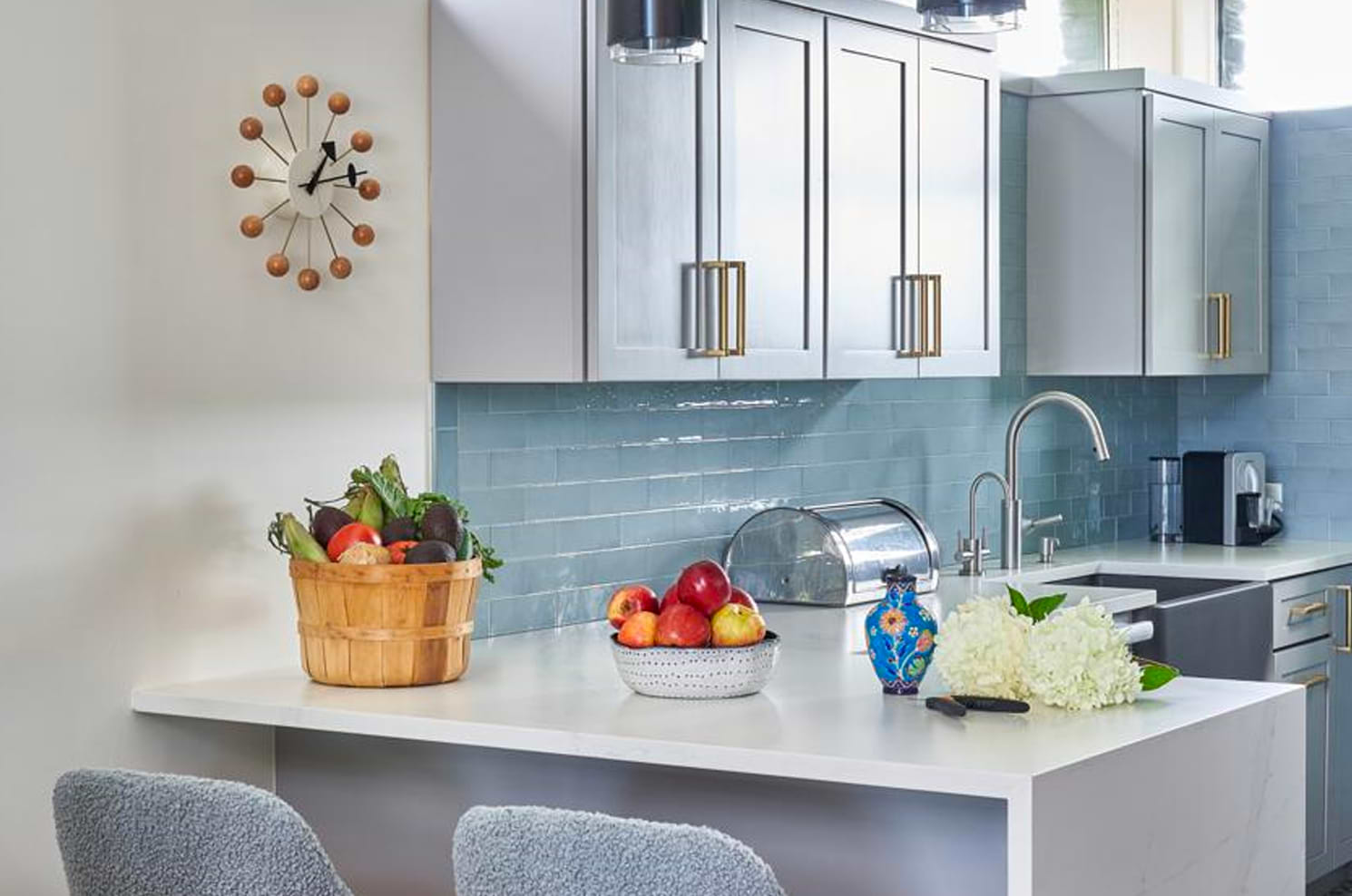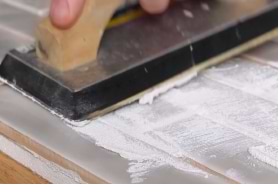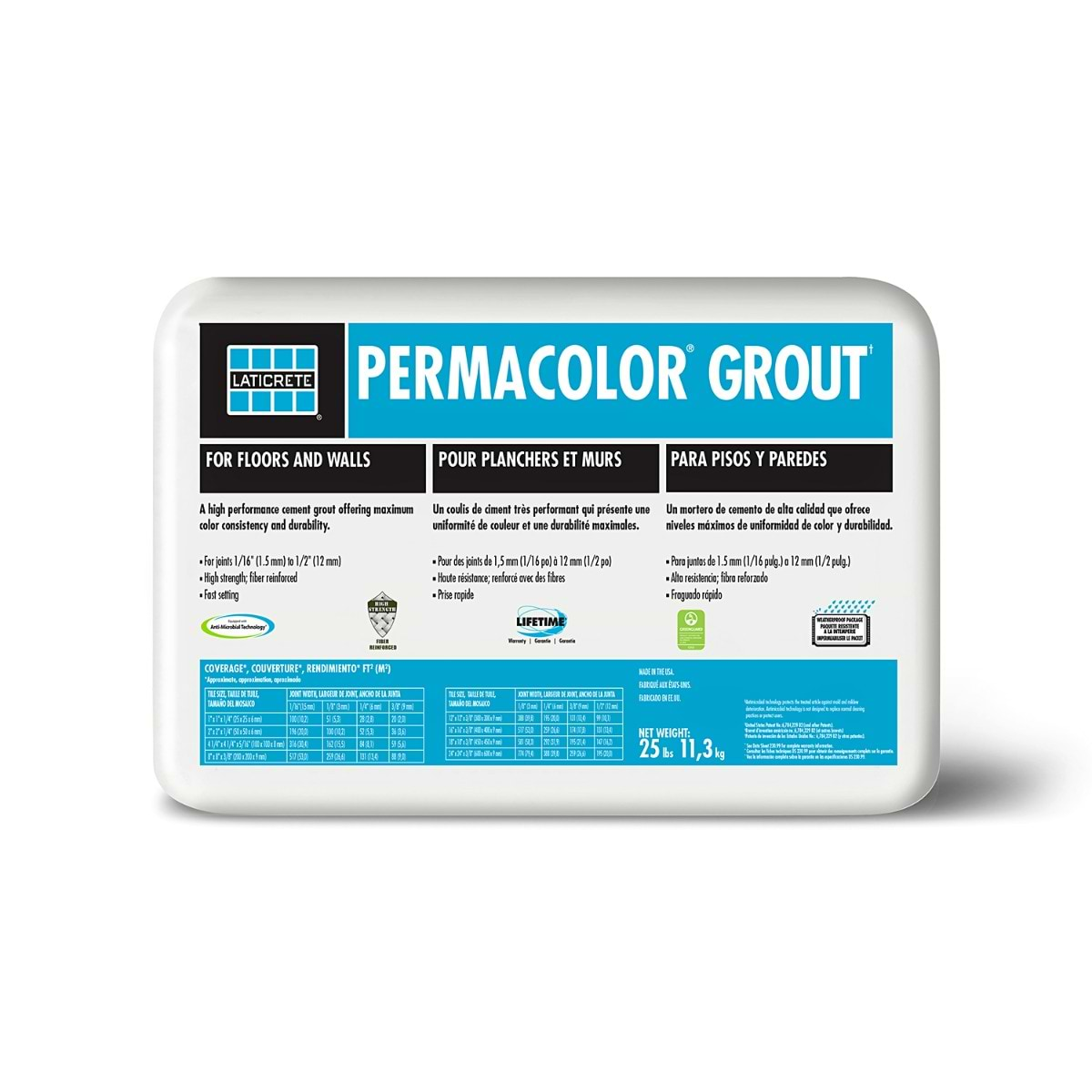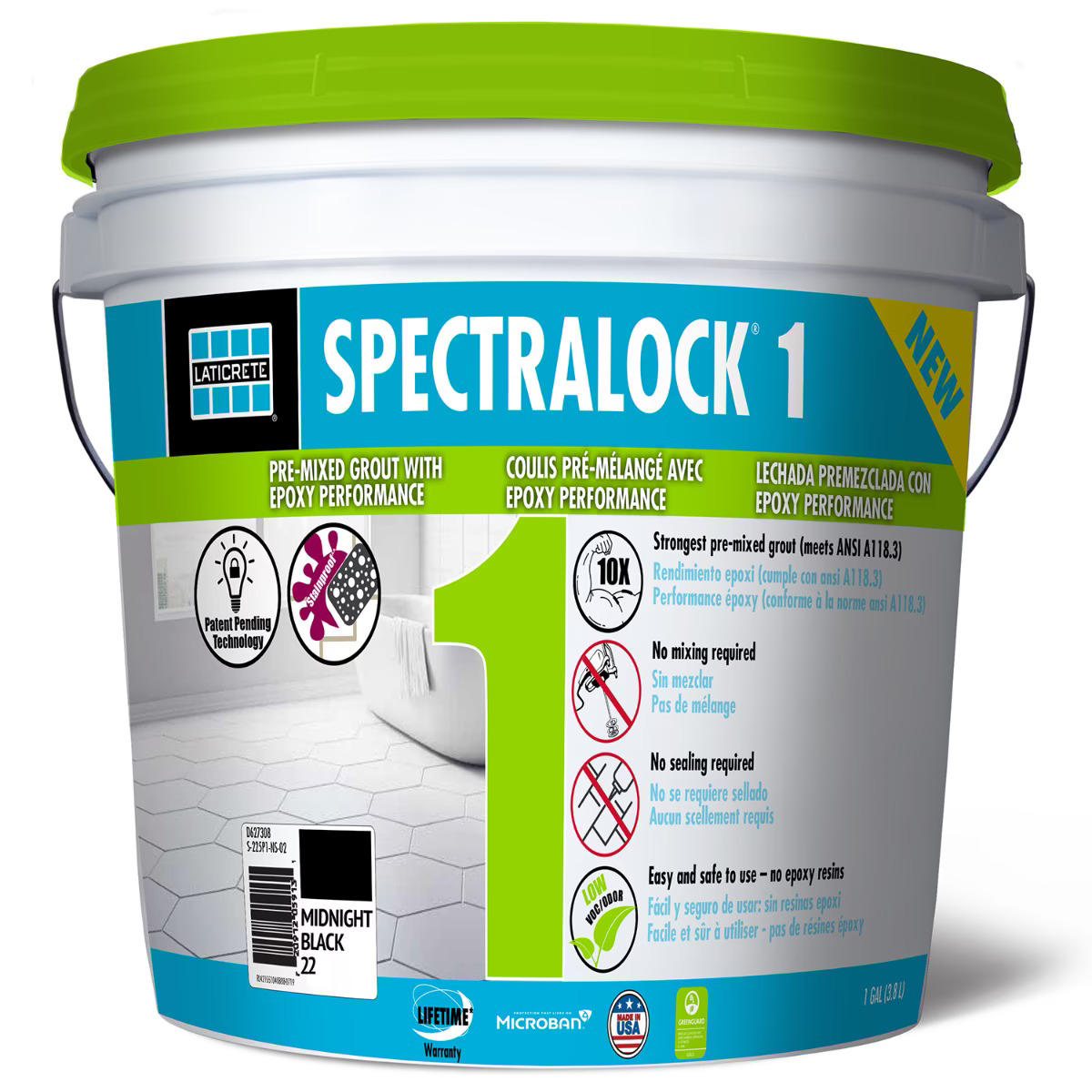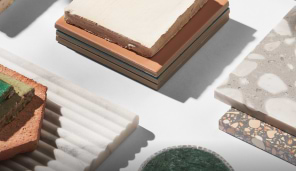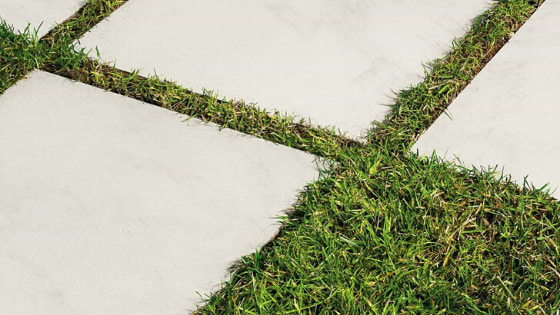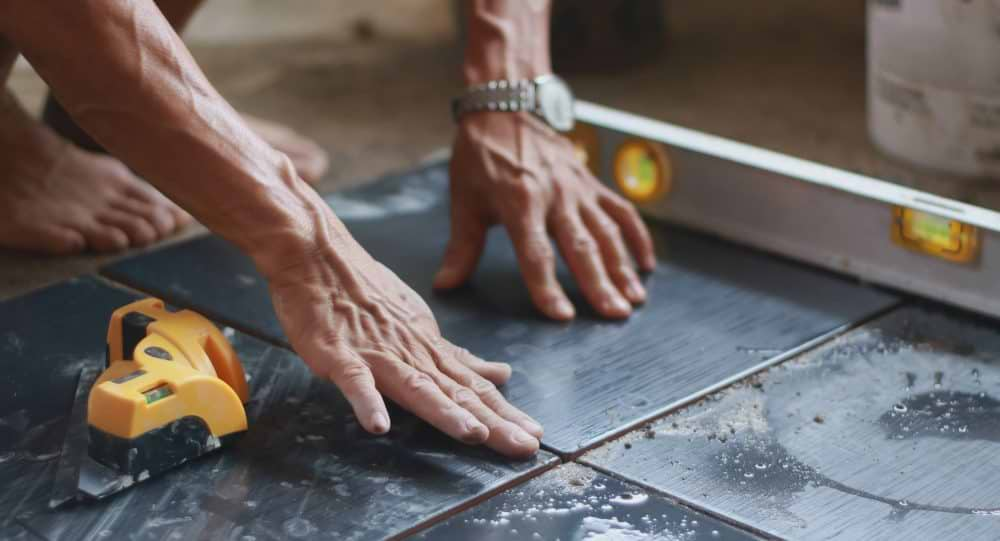What Is Rectified Tile? And When To Use It.
Today, we’ll be going through what rectified tile is, how it’s made, and its benefits for your clients. So by the end of reading our short guide, you’ll feel a sigh of relief and a newfound love for promoting the tile for your next projects!
What Is Rectified Tile?
It’s tile that has even edges as a result of being cut. This is a super basic explanation of the actual several-step process (which we will elaborate on in the next section). What is most important to know now is that non-rectified has obscurities (i.e; uneven edges). This causes the tile to need more grout when it’s laid. Alternatively, rectified tile has been cut so that each one of the four sides is precise, which means it needs less grout for installation and laying it provides a smaller margin of error.
How Is Rectified Tile Made?
– These tiles are made by first taking the material and firing it in a kiln (which is normal for all tile).
– Then, from here, the pieces are removed from the kiln (again, normal).
– Next, the tile is taken to a machine and evenly cut across all 4 sides, removing anything that would impact its perfection. (This step is only true for rectified styles!).
– That’s it! The output is a tile with smooth edges that is a dream for anyone laying it.
Rectified Tile Collection Spotlight: EC1 Industry
What Are The Benefits of Rectified Tile?
There are so many benefits that come alongside rectified tile. Let’s cover the top 4 now so that when you scope a project with your client, you have a list of reasons handy on why it may be the best solution for them.
Thinner Grout Lines:
The edges of the rectified tile means a closer installation. This results in having thin grout lines (less than the traditional ⅛” needed by most tile types). So, for those that aren’t a fan of the “natural look” or “classic look”, rectified tile grout lines will do wonders.
Larger Sized Tiles (Less Grout Needed)
When it comes to the tile installation, the next noticeable benefit is the size of these pieces. Rectified tiles are larger. This leads to you needing less grout for installation and having a bit of a quicker installation as well!
No Shadows or Waviness.
Last but not least, unlike its counterpart, these tiles have no wavy or uneven edges. This, in turn, creates a lesser chance that shadows will appear on a tile when light shines down on it.
Rectified Tile Spotlight: Kenridge Collection:
So, there you have it, the complete quick guide to these tiles and the ways they can work best for your next project! Questions? Comment below!
